What do Las Vegas baby lizards eat in the harsh desert environment they call home? These fascinating reptiles face unique challenges from the moment they hatch in the hot, arid climate of southern Nevada. If you love to read about what different animals and insects eat, take a look at the following:
What Do They has prepared this blog so you’ll learn the answer to what do Las Vegas Baby Lizards eat, how they find food in the desert, and what these remarkable creatures need to survive their vulnerable early months.
Common Lizard Species in Las Vegas
Before discussing their diet, it’s helpful to know which lizard species are common in the Las Vegas area:
- Western fence lizards
- Side-blotched lizards
- Desert spiny lizards
- Western whiptails
- Leopard lizards
- Desert horned lizards
- Geckos (primarily western banded geckos)
- Chuckwallas
Each species has slightly different dietary preferences, but they share many common food sources as hatchlings.
Natural Diet of Las Vegas Baby Lizards
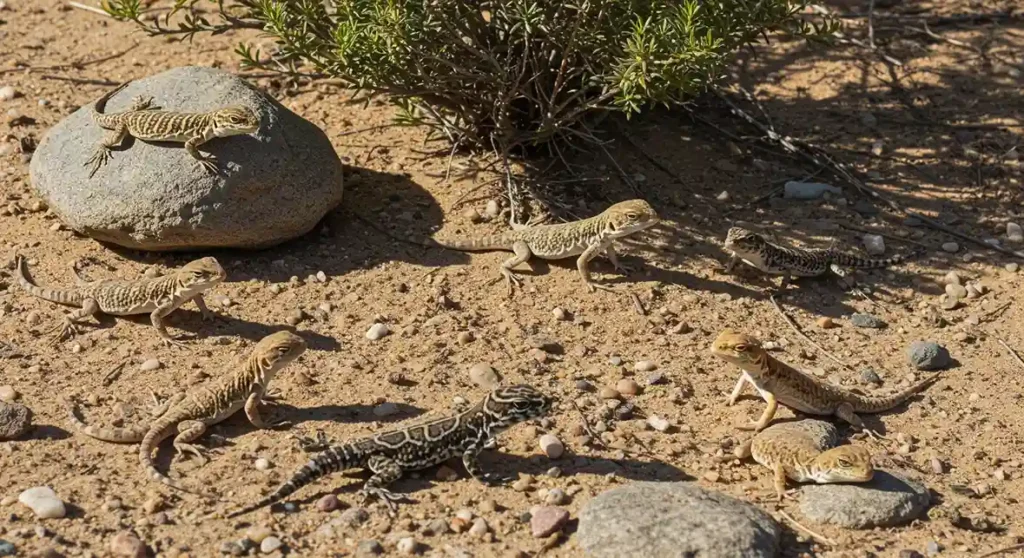
What do Las Vegas baby lizards eat when they first emerge from their eggs? Their diet primarily consists of:
Insects
- Tiny ants
- Newly hatched grasshoppers
- Small beetles
- Fruit flies
- Gnats
- Aphids
- Springtails
- Immature crickets
Arachnids
- Baby spiders
- Newly hatched scorpions (for some species)
- Tiny mites
- Small ticks
Other Invertebrates
- Very small caterpillars
- Newly hatched moths
- Tiny worms
- Small slugs (during brief wet periods)
Hunting Techniques of Baby Lizards
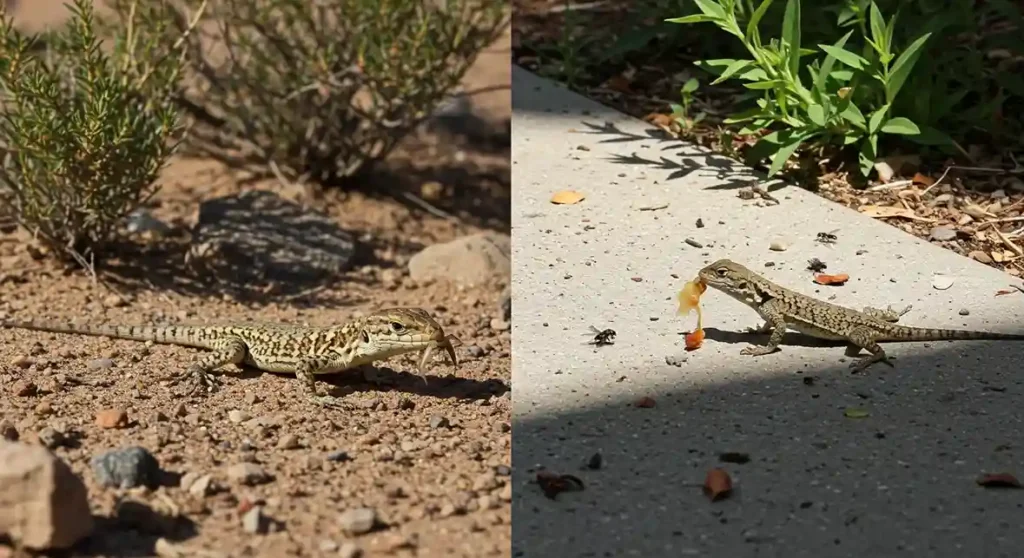
How do these tiny reptiles find food in such a challenging environment? What do Las Vegas baby lizards eat, and how do they catch their prey?
Visual Hunting
- Excellent vision for detecting small movements
- Patient waiting for prey to appear
- Quick bursts of speed for capture
- Head tilting to gauge distance
Specialized Techniques
- Digging through loose sand for buried insects
- Climbing vegetation to find insects on plants
- Waiting near water sources (natural or human-made)
- Hunting in early morning when insects are less active
Size Matters: Prey Selection
What do Las Vegas baby lizards eat when they’re often just 1-2 inches long themselves? Size is a critical factor:
- Most prey items must be smaller than the width of their head
- Newly hatched lizards focus on extremely small insects
- As they grow, their prey size increases proportionally
- Some species are more specialized in prey selection than others
Seasonal Availability of Food
What do Las Vegas baby lizards eat during different seasons? Their diet varies throughout the year:
Spring
- Abundant newly hatched insects
- Fresh vegetation attracting insect prey
- Higher moisture levels supporting more diverse prey
- Most lizards hatch during this optimal feeding period
Summer
- Extreme heat limits daytime hunting
- Focus on dawn and dusk feeding
- Reduced prey diversity during driest months
- Emphasis on ants and other heat-tolerant insects
Fall
- Secondary hatch of many insect species
- More moderate temperatures allow extended hunting
- Preparation for reduced winter activity
- Greater emphasis on fattening foods when available
Winter
- Drastically reduced activity
- Minimal or no feeding during coldest periods
- Young lizards may seek microhabitats that harbor insects
- Higher mortality rate due to food scarcity
Species-Specific Diets
What do Las Vegas baby lizards eat when we look at specific species?
Baby Desert Horned Lizards
- Specialize in ants, particularly harvester ants
- Consume thousands of tiny ants
- Will occasionally eat other small insects
- Have specialized teeth for crushing ant exoskeletons
Baby Fence Lizards
- Generalist insectivores
- Focus on small flying insects
- Frequently hunt on vertical surfaces
- Often feed near human structures where insects gather
Baby Geckos
- Nocturnal hunters
- Specialized in soft-bodied prey
- Often hunt near lights that attract flying insects
- May consume small spiders
Baby Whiptails
- Active foragers that rarely sit still
- Dig through soil and leaf litter
- Higher consumption of larvae and buried insects
- Constantly moving while hunting
Urban vs. Natural Habitat Diets
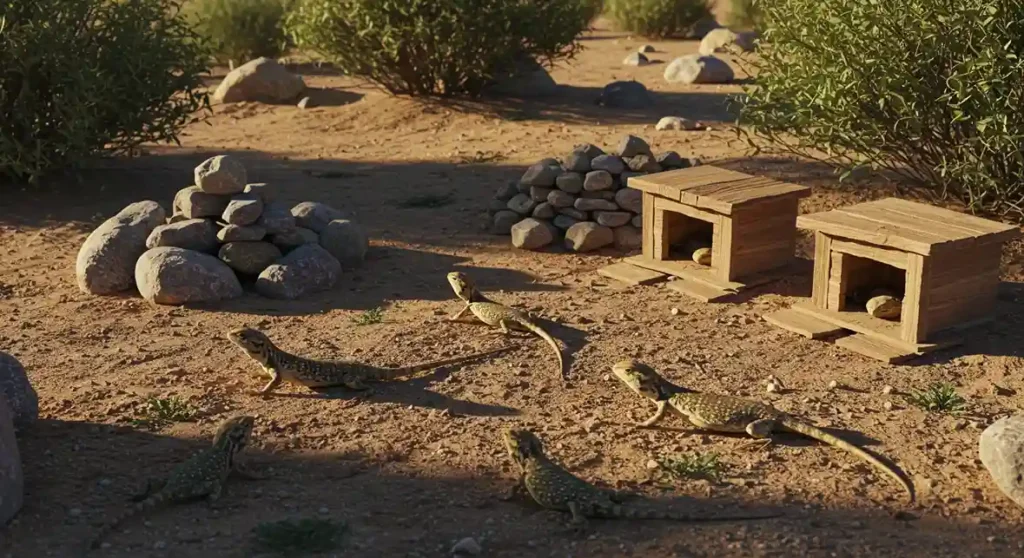
Las Vegas’s urban environment creates interesting differences in lizard diets:
Urban Baby Lizards
- Access to irrigated areas with more insects
- Opportunistic feeding around human food sources
- Attraction to porch lights with concentrated insects
- More consistent year-round food availability
Natural Habitat Baby Lizards
- More specialized feeding adaptations
- Greater seasonal fluctuations in food supply
- Less competition from invasive species
- More natural predator-prey relationships
Hydration and Diet
In addressing what do Las Vegas baby lizards eat, we must consider hydration:
- Most baby lizards get moisture primarily from their food
- Insects provide both nutrition and hydration
- Some species can absorb morning dew through their skin
- The high water content of certain prey (like caterpillars) makes them valuable food sources
Challenges for Baby Lizards
What do Las Vegas baby lizards eat when faced with these survival challenges?
Competition
- Adult lizards may compete for the same food sources
- Birds and other predators target the same insects
- Multiple hatchlings often competing in the same territory
Scarcity
- Desert environments have naturally limited resources
- Human development disrupts natural food webs
- Climate change creating longer drought periods
- Seasonal fluctuations in insect populations
Predation Risk
- Exposed to predators while hunting
- Must balance feeding with safety
- Limited experience in predator avoidance
- Higher activity levels make them more visible
Supporting Las Vegas Baby Lizards
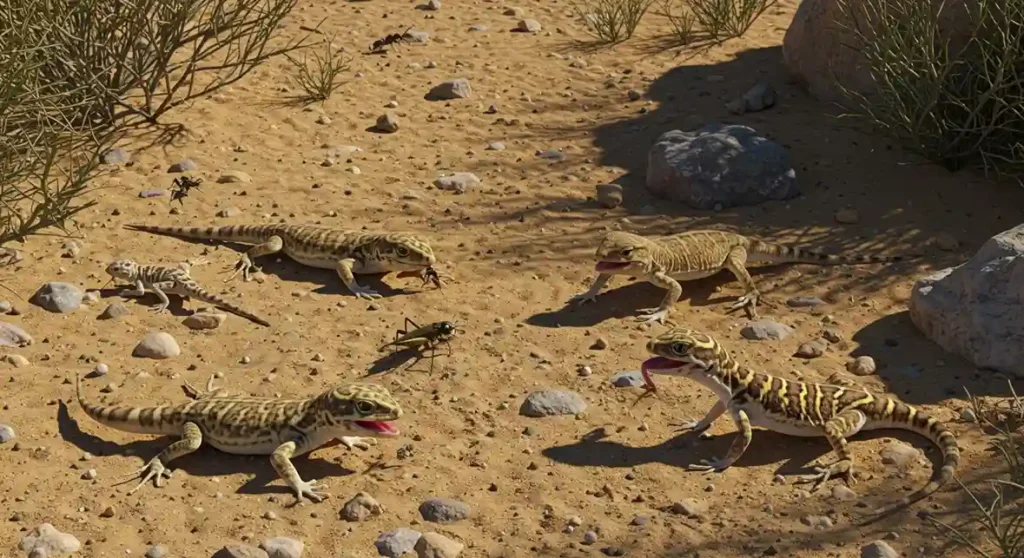
If you live in Las Vegas and want to support local lizard populations:
- Avoid pesticide use in your yard
- Provide water sources like shallow dishes
- Create rock piles and other refuges
- Plant native vegetation that attracts insects
- Leave some areas of your yard natural and undisturbed
So the Answer to What do Las Vegas Baby Lizards Eat is…
As we’ve explored what do Las Vegas baby lizards eat, these resilient little reptiles primarily consume a variety of tiny insects and other invertebrates, with diets that vary by species, season, and habitat. Their remarkable adaptations to the challenging desert environment begin from the moment they hatch, as they must immediately begin hunting for appropriately sized prey.
Understanding the dietary needs of Las Vegas’s baby lizards not only satisfies our curiosity about these fascinating creatures but also helps us recognize how our actions might impact their survival. By supporting healthy insect populations and creating lizard-friendly spaces, we can help ensure these important members of the desert ecosystem continue to thrive in southern Nevada’s unique landscape.



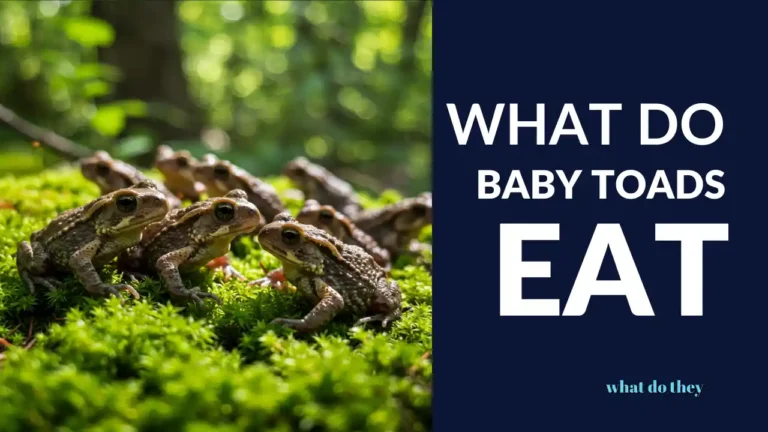
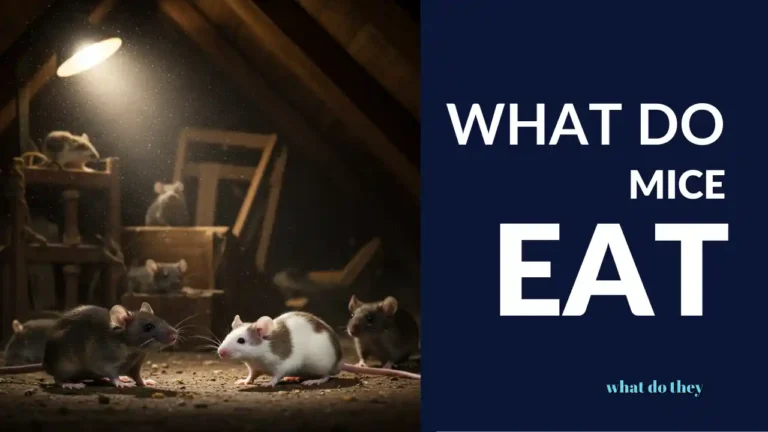

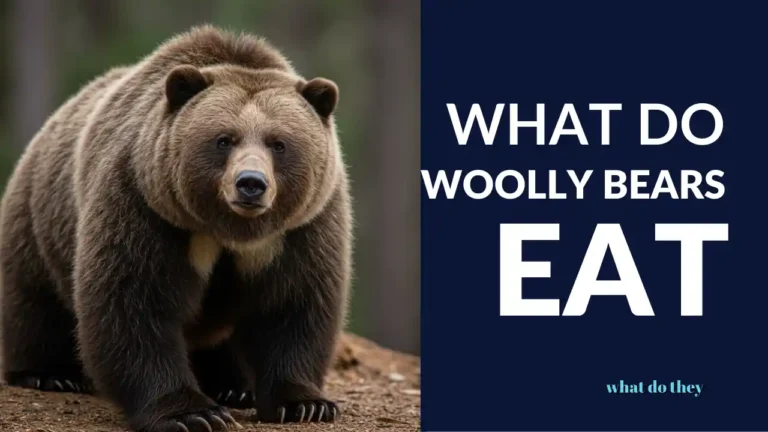
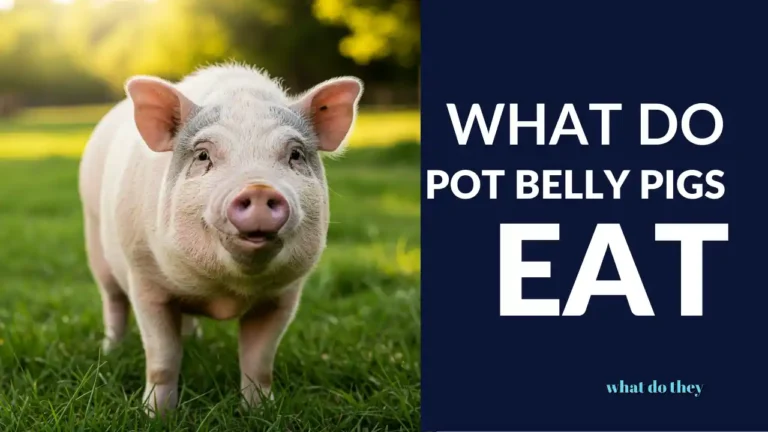
1 Comment